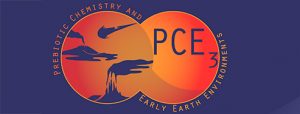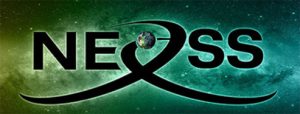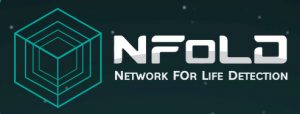News
On this page: Newsletters | Highlights | Upcoming Meetings | Recent Publications | Other RCNs
NOW Newsletter
Meetings, Activities, and Workshops
- March 31-April 3 Exploring Abiotic Background for Life Detection Workshop
- April 27- May 2 EGU General Assembly
- May 8- Aug 8 NASA Planetary Science Summer School
- June 3-13 Traces of Early Life Summer School
- June 10-13 Astrobiology Graduate Conference (Abstracts due 3/31/2025)
- July 6-11 Goldschmidt
- July 14-18 Progress in Understanding the Pluto System (Abstracts due 4/18/2025)
- August 11-15 PI Launchpad: From Science Idea to NASA Mission In Person Workshop (Appl. due 4/7/2025)
Recent Ocean Worlds Research Publications
Ewert, M., Nunn, B. L., Firth, E., & Junge, K., Metabolic Responses, Cell Recoverability, and Protein Signatures of Three Extremophiles: Sustained Life During Long-Term Subzero Incubations. Microorganisms (2025), 13(2), 251
Gentilhomme, A. S., Dhakar, K., Timmins-Schiffman, E., Chaw, M., Firth, E., Junge, K., & Nunn, B. L., Proteomic Insights into Psychrophile Growth in Perchlorate-Amended Subzero Conditions: Implications for Martian Life Detection. Astrobiology (2025)
Vitkova, A., Vu, T. and Lambert, J., Extended Longevity Photoactivated Surface-Enhanced Raman Spectroscopy for the Detection of Biosignatures on Icy Worlds and Martian Polar Caps, Journal of Raman Spectroscopy (2025)
Yoder, Meg (2025) Life and Science at Sea: Advice for your First Scientific Research Cruise from Experienced Oceanographers. Boston, MA, Meg Yoder, 32pp.
Anvita U. Kerkar et al. Non-viral predators of marine picocyanobacteria. Trends in Microbiology (2024)
Lesage, E., Howell, S.M., Neveu, M. et al. Identifying signatures of past and present cryovolcanism on Europa. Nat Commun 16, 1886 (2025)
Matteoni, P., Chiarolanza, G., Mitri, G., Jaumann, R., Hillier, J., & Postberg, F. Topographical Analysis of Libya Linea on Europa: Geologic Evolution and Identification of a New Putative Cryovolcanic or Diapir Field. Journal of Geophysical Research: Planets, 130 (2025)
Luu, C. N, et al., 2024., Volatile-rich Sub-Neptunes as Hydrothermal Worlds: The Case of K2-18 b, ApJL
Caro, T., et al. 2024. Single-cell measurement of microbial growth rate with Raman microspectroscopy. FEMS Microbiology Ecology, Volume 100, Issue 9, fiae110.
Trinh, K., et al. 2024. A Critical Core Size for Dynamo Action at the Galilean Satellites. Geophysical Research Letters, Volume 51, Issue 22, e2024GL110680.




